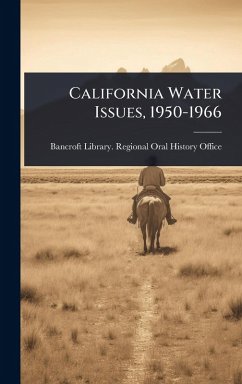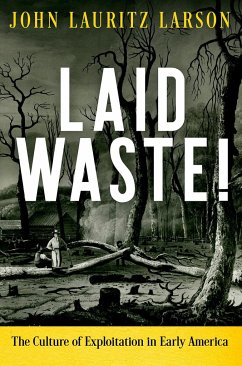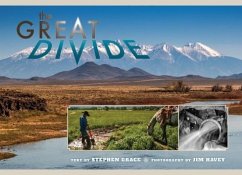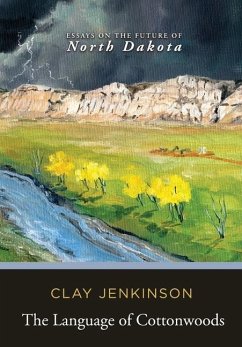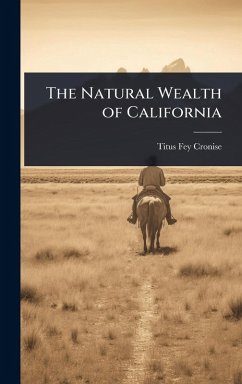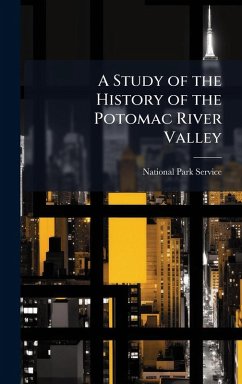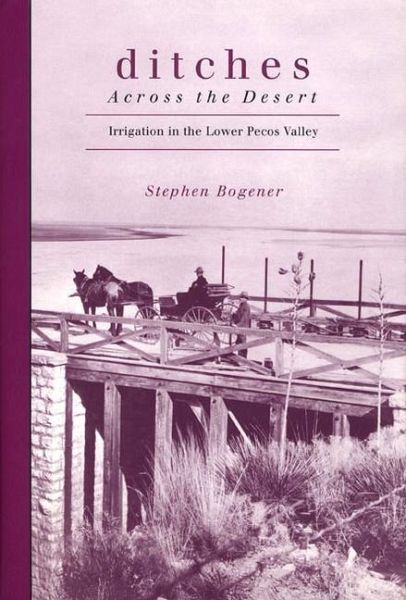
Ditches Across the Desert
Irrigation in the Lower Pecos Valley
Versandkostenfrei!
Versandfertig in über 4 Wochen
26,99 €
inkl. MwSt.
Weitere Ausgaben:

PAYBACK Punkte
13 °P sammeln!
'One of the most thoroughly researched, detailed histories of any irrigated region in the American West' - ""American Historical Review"". 'Recommended ...A worthy addition to recent studies of water administration in the West' - ""Western Historical Quarterly"". 'A welcomed and excellent study that adds much to our knowledge of water development projects in southeastern New Mexico in the context of the history of the campaign for national reclamation' - ""Journal of Southern History"". Settlement of the West came slowly, based on advances in technology and the harnessing of nature, especially...
'One of the most thoroughly researched, detailed histories of any irrigated region in the American West' - ""American Historical Review"". 'Recommended ...A worthy addition to recent studies of water administration in the West' - ""Western Historical Quarterly"". 'A welcomed and excellent study that adds much to our knowledge of water development projects in southeastern New Mexico in the context of the history of the campaign for national reclamation' - ""Journal of Southern History"". Settlement of the West came slowly, based on advances in technology and the harnessing of nature, especially water. Early on, the arid Pecos country seemed to have too little water to make it tamable. With the downturn in ranching in southeastern New Mexico and West Texas in the late 1870s, however, promoter Charles Eddy joined lawman Pat Garrett in a grandiose scheme. They would dam the Pecos River, build irrigation canals, and turn the area into an agricultural oasis. This book illuminates the myriad personalities and interests that combined and clashed over the Pecos Valley reservoirs and canals. Many Americans, including western lawmakers, considered irrigation to be America at its best. Wealthy easterners invested in its development in the great traditions of American capitalism. Farmers laboring side by side to transform the desert into productive cropland represented the ideals of Jeffersonian yeoman democracy. These people, and the change of the Pecos Valley from rustic cattle territory to towns and irrigated farmland, form the framework for this rich story of the American West. By the end of the nineteenth century, investors led by James John Hagerman had poured more than $2.5 million into the Pecos ditches. Following episodes of violence, a natural disaster, and the financial downturn of 1893, settlers and capitalists deserted the valley, making its future uncertain. A series of financial reorganizations to raise much-needed capital attracted a major railroad to the valley, but the heyday of corporate irrigation was over. Instead, the irrigators turned to the federal government, and the U.S. Reclamation Service, although reluctant to rehabilitate the valleys irrigation system, agreed to take on the project and began a long, sometimes contentious relationship with water users in the valley. Today the once formidable Pecos River has become a mere shadow of its former self. Dammed in many places for irrigation, its springs pumped dry in others, the Pecos today leads a precarious existence. Yet the contest over its water within New Mexico and between New Mexico and Texas through the Pecos River Compact continues.



